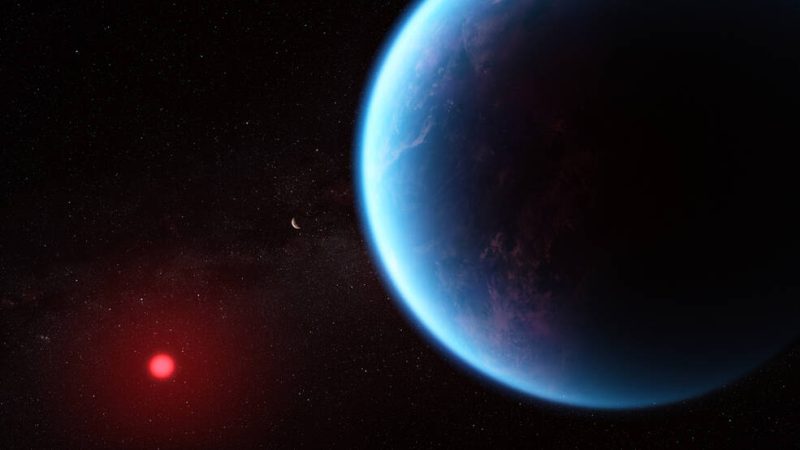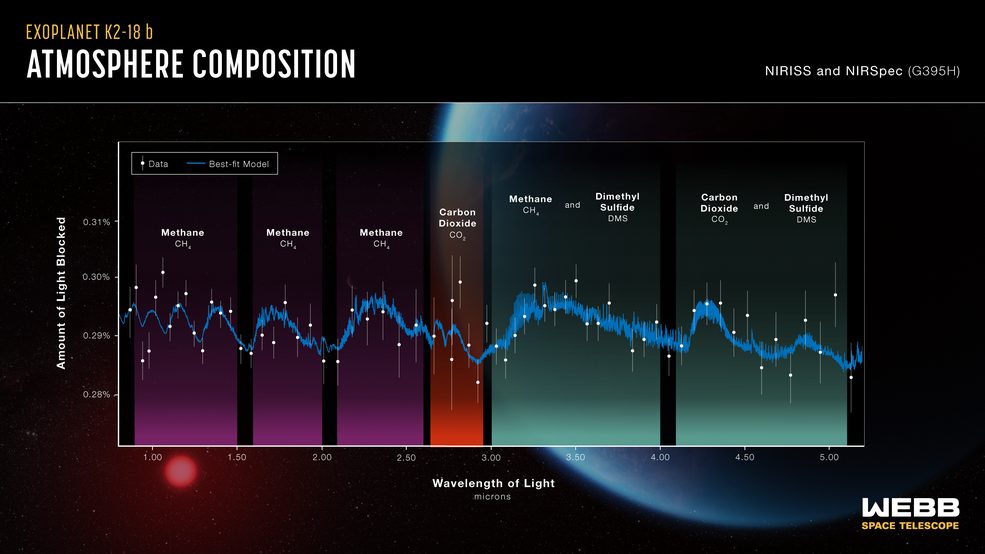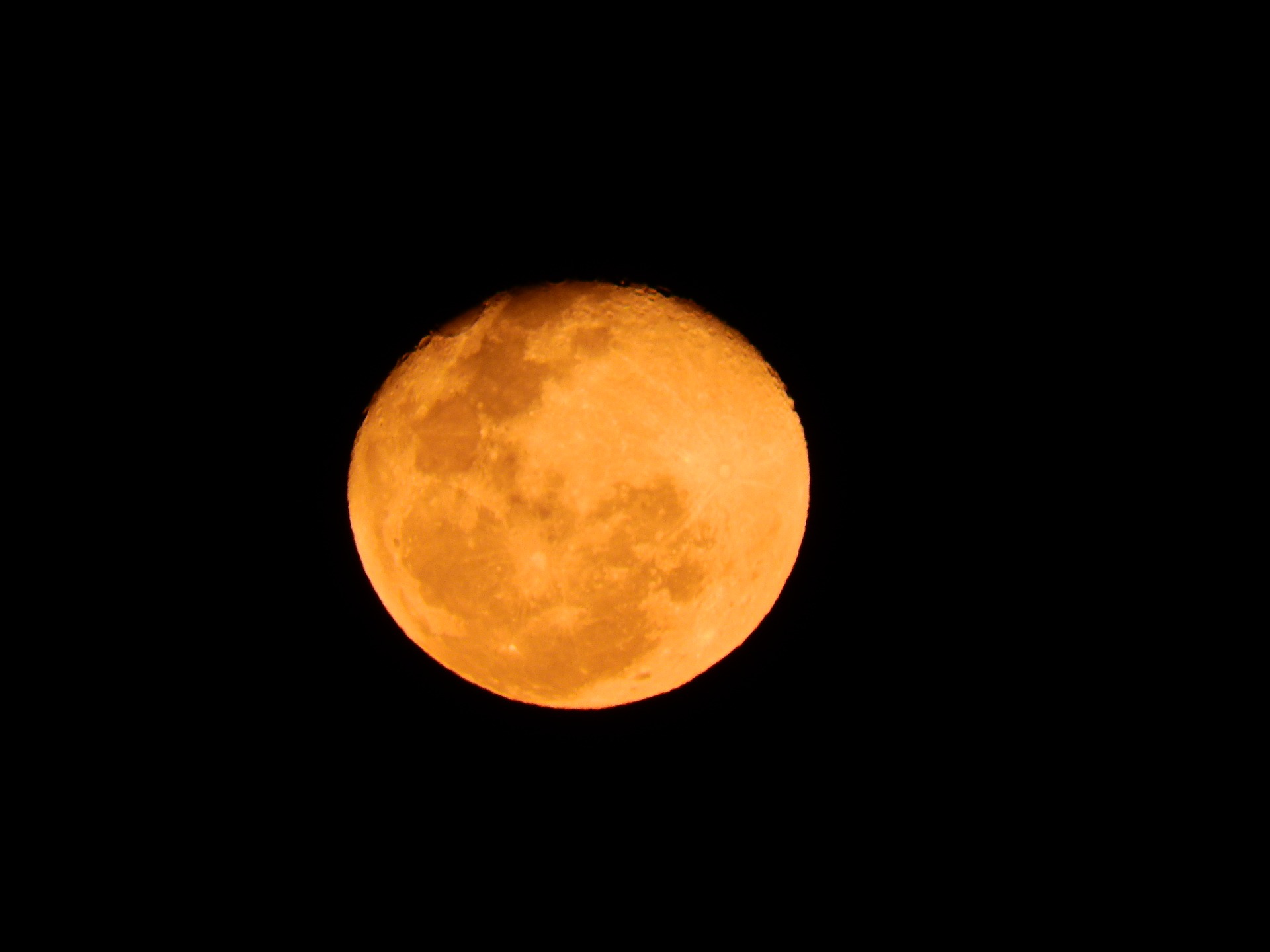Webb discovers methane, carbon dioxide in atmosphere of K2-18 b

NASA’s James Webb Space Telescope has detected some key atmospheric secrets of K2-18 b, an exoplanet located 120 light-years away in the constellation Leo. The exoplanet, which is 8.6 times the mass of Earth, has astounded astronomers by revealing the presence of carbon-bearing molecules, including methane and carbon dioxide. This can help us understand the exoplanet’s habitability and its potential for hosting life, according to astronomers.
K2-18 b, which orbits a cool dwarf star called K2-18, has long been a subject of scientific curiosity due to its location within the habitable zone of its host star. The habitable zone, also known as the Goldilocks zone, is a region where conditions may be just right for liquid water to exist on the planet’s surface – a key ingredient for the development of life as we know it.
This new finding about the presence of methane and carbon dioxide comes after earlier observations by NASA’s Hubble Space Telescope hinted at the unique atmospheric properties of K2-18 b. Presence of these chemical substances has added the exoplanet’s potential to be classified as a Hycean exoplanet.
Hycean exoplanets are intriguing to scientists as they are thought to have hydrogen-rich atmospheres and possibly water oceans covering their surfaces. This characteristic makes them particularly appealing candidates for searching for signs of extraterrestrial life.
Nikku Madhusudhan, an astronomer at the University of Cambridge and the lead author of the study revealing these findings, emphasized the significance of this discovery, said, “Our findings underscore the importance of considering diverse habitable environments in the search for life elsewhere.”
The abundance of methane and carbon dioxide, along with the absence of ammonia, supports the hypothesis of a water ocean beneath a hydrogen-rich atmosphere on K2-18 b. Moreover, the potential detection of dimethyl sulfide (DMS) in the exoplanet’s atmosphere raises intriguing questions. DMS is typically associated with biological activity on Earth, primarily produced by phytoplankton in marine environments.

However, it’s essential to note that while K2-18 b falls within the habitable zone and possesses carbon-bearing molecules, its large size – a radius 2.6 times that of Earth – raises questions about its habitability. The planet’s interior likely contains a substantial mantle of high-pressure ice, similar to Neptune, with a thinner hydrogen-rich atmosphere. The presence of oceans of water on Hycean worlds like K2-18 b is predicted, but the actual conditions for habitability remain uncertain.
Despite the challenges regarding the exoplanet’s size and its parent star’s brightness, the team managed to analyze the starlight passing through K2-18 b’s atmosphere during its transits, allowing them to determine the gases present. The world’s premier space science observatory’s extended wavelength range and unprecedented sensitivity played a crucial role in achieving this breakthrough.
“This result was only possible because of the extended wavelength range and unprecedented sensitivity of Webb, which enabled robust detection of spectral features with just two transits,” said Nikku Madhusudhan.
The team’s findings are a promising step towards understanding Hycean worlds and the possibility of life beyond Earth. Future observations with Webb’s MIRI (Mid-Infrared Instrument) spectrograph are expected to validate these discoveries and provide further insights into the environmental conditions on K2-18 b.
Webb is an international program led by NASA with its partners, ESA (European Space Agency) and the Canadian Space Agency.
Auto Amazon Links: No products found.

